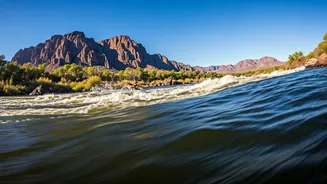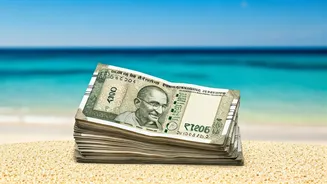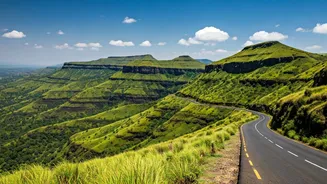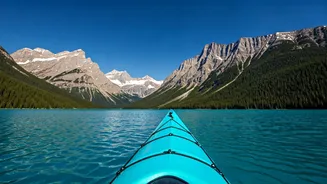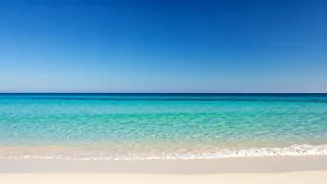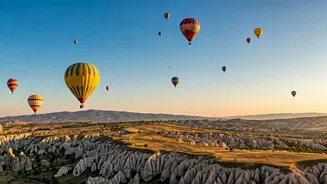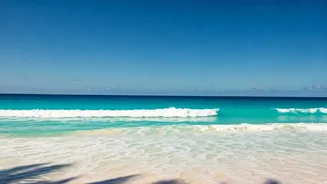Optimal Kayaking Times
The best time to kayak the Orange River depends largely on the season and your preferences. Generally, the warmer months, from October to April, are ideal
due to the pleasant weather and higher water levels. During this period, the river provides excellent conditions for both beginners and experienced kayakers. However, it's crucial to consider the water's flow rate, which can vary. For example, the spring months, especially October and November, often offer the most favorable conditions with moderate flows and agreeable temperatures. Conversely, the winter months, from May to September, can be less appealing due to colder weather and lower water levels, which may limit accessibility. Always check local weather forecasts and river conditions before planning your trip to ensure safety and enjoyment.
Rapids Navigation: Safety
Navigating the Orange River's rapids requires a strategic approach. Prior to tackling any rapid, carefully scout the area to assess its difficulty and potential hazards like submerged rocks or strong currents. This reconnaissance is vital for anticipating challenges and planning your route. When actually navigating the rapid, maintain a strong paddling technique, keeping your boat stable and aligned with the current. Effective communication with your kayaking companions is important, especially when working as a team. Always wear a properly fitted life jacket and helmet to provide the best protection. Should you capsize, remember to stay calm and use your training to re-enter your kayak or swim to safety. Consider taking a swiftwater rescue course for additional skills and confidence.
Essential Gear for Expeditions
Proper gear is crucial for a successful and safe kayaking adventure on the Orange River. Essential equipment includes a well-fitting kayak, paddle, and personal flotation device (PFD), which is the most important safety item. Choose a kayak that fits your skill level and the river conditions; sit-on-top kayaks are often preferred for their stability. The paddle should be the right length for your height and kayaking style. A PFD should fit snugly and allow freedom of movement. Additional gear includes a helmet to protect your head, appropriate clothing for the weather, such as a moisture-wicking base layer and waterproof outerwear, and sturdy water shoes. A dry bag is also essential to protect valuables like your phone, keys, and snacks from getting wet. Don't forget sunscreen, sunglasses, and a hat to shield yourself from the sun. First-aid kit containing basic medical supplies and insect repellent are also important for any expedition.
